Formula 1’s 2023 Australian Grand Prix featured three red flags and huge controversy over the last two of them.
Did Kevin Magnussen’s late crash really merit a stoppage? Was a full-standing restart afterwards a wise call? Did the chaos and instant red flag show F1’s enthusiasm for avoiding safety-car finishes is misguided? What about the bizarre subsequent wait for a result eventually ‘decided’ with a reset order and one safety car lap?
Here are our writers’ snap verdicts on a very strange day for F1 and what should happen now.
Safety must come first and rules must be clearer
Edd Straw
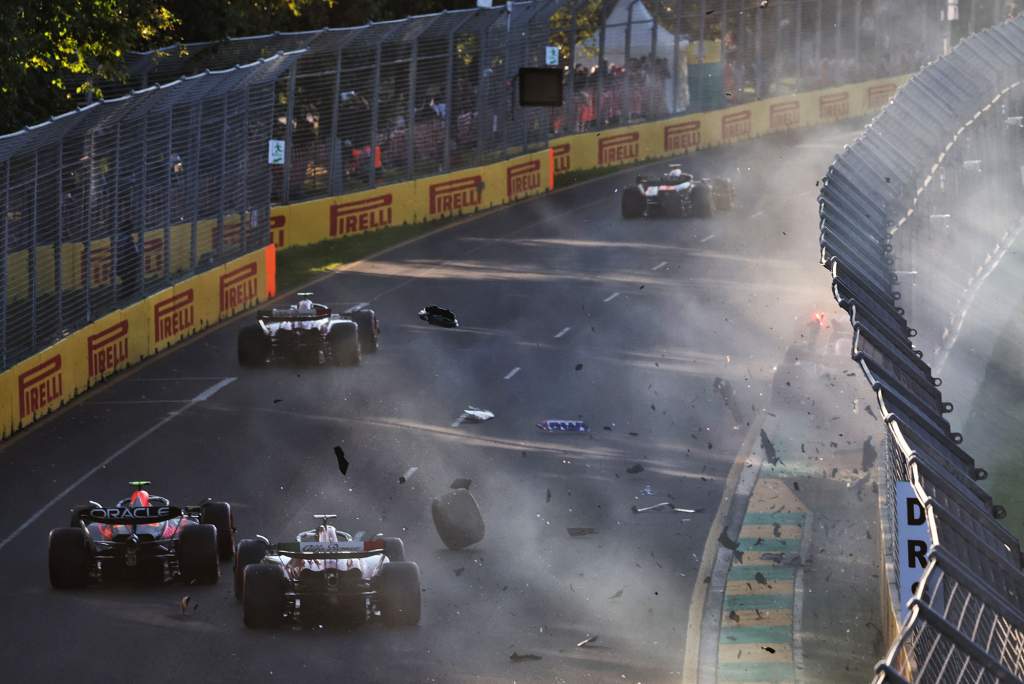
It was no surprise to see the red flag thrown to ensure a racing finish. F1 has tended towards making sure this happens as safety-car finishes tend to get so much criticism.
Whether this was the right decision depends on one thing: the safety situation. The FIA said wheel debris was the issue and after Kevin Magnussen had hit the wall there may well have been enough on track for it to be a problem. Even at safety car speeds, a metal shard flicked up at a following driver is a legitimate concern. So it may have been perfectly justified.
However, there’s no doubt that the FIA and F1 have set out their stall to ensure racing finishes where possible. That was the whole reason the Abu Dhabi 2021 controversy happened. So why not regulate it?
🚩 RED FLAG 🚩
MULTIPLE CARS ARE OUT!!! #AusGP #F1 pic.twitter.com/zycwEEjlWs
— Formula 1 (@F1) April 2, 2023
If the rules state that a safety car in the closing however-many laps, based on percentage of race distance, automatically triggers a red flag then everyone knows where they stand.
That will allow fair strategic decisions to be taken and ensure that the debate about the wisdom of having a mini prix in such scenarios is had. There are all sorts of variables at play that can influence the result and increase the chances of incidents given the variety in available tyres and tyre condition. That’s why this approach needs to be formalised.
There will always be winners and losers whatever the approach. But F1 and the FIA need to be crystal clear about the philosophy. Are late-race red flags solely dictated by safety demands and, if not, what are the parameters for maximising the chances of a racing finish?
Given the desire for green-flag finishes has been expressed by many involved in recent years, the key now is ensuring those parameters are set and, ideally, laid out in the regulations so everyone knows where they stand.
Don’t blame the concept
Valentin Khorounzhiy
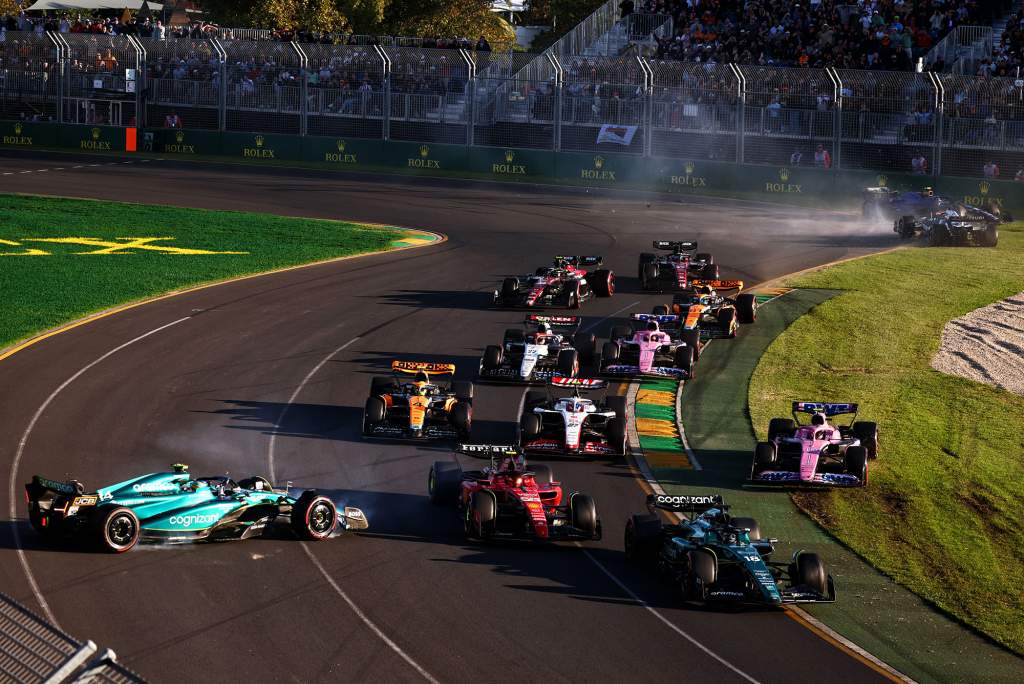
It is galling – not just because Nico Hulkenberg was denied a potential maiden podium, but generally – that the late restart has been proven completely meaningless in terms of the competitive picture save for eliminating the Alpines. That really does feel like everyone’s time wasted, and that’s a rule that clearly needs amending in some way.
But as to the actual late-race restart… what is there to be unhappy about, again? F1’s barrelling straight into a total snoozer of a season, race control gets an opportunity to have a grandstand finish and takes it – justified by both precedent from earlier in the race and a general understanding among the grid that it’d be good to have races finish under green flag… and that’s bad?
Is the argument that F1 drivers can’t be trusted in a race start scenario when the stakes are slightly heightened? If so, make that argument, but then let’s just have rolling starts all throughout the season. Otherwise, there are plenty of races on the calendar where overtaking is so hard that a lap one start might as well be a lap 56 restart.
What an embarrassment
Sam Smith
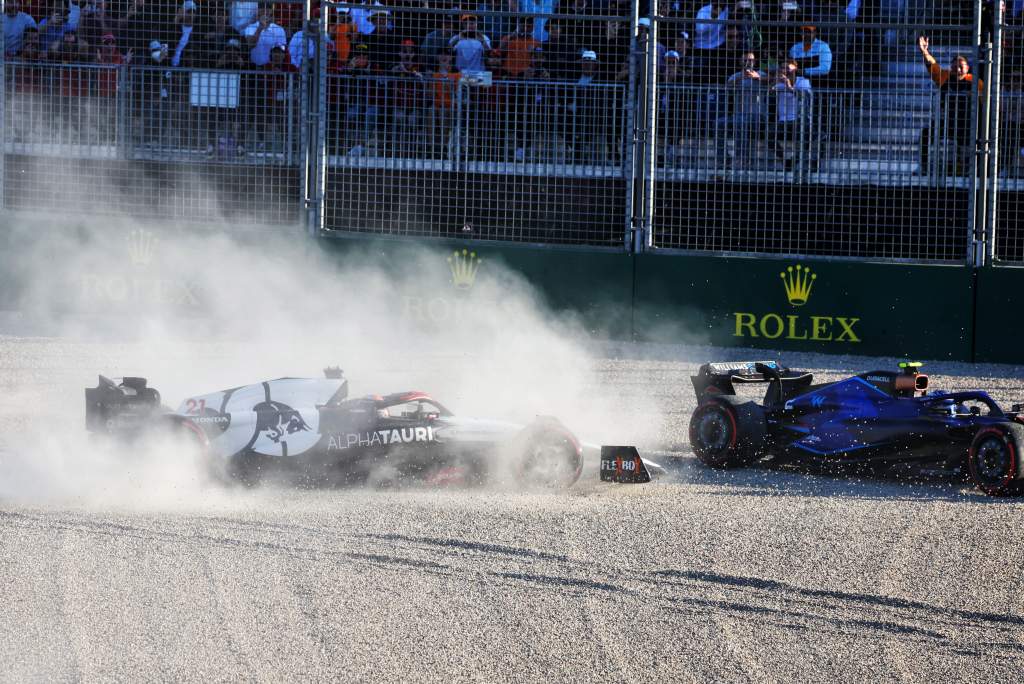
When did F1 become a senseless Takeshi’s Castle-style random embarrassment? The answer to that is the 2023 Australian Grand Prix.
It’s often said that F1 is only a sport during the two hours of the grand prix itself and the rest of the time it’s a business. Now we don’t even get that, we get a cabaret geared up for a demolition derby that should embarrass all who played a part in that sorry spectacle.
It stemmed from the improper use of red flags. Race neutralisations are there for safety purposes which include re-preparing the track for green flag racing. That would include sweeping gravel from the racing surface. You see it in every other type of motorsport, but seemingly not F1 now.
LAP 54/58
⚠️ SAFETY CAR ⚠️
K-Mag is stopped and looks to be missing a right rear tyre#AusGP #F1 pic.twitter.com/voBWDd69sJ
— Formula 1 (@F1) April 2, 2023
After Magnussen’s incident, it was a tyre carcass and some carbon parts. That should have taken two laps to clear up under a safety car.
Like Suzuka last season the communication from race control seemed non-existent. In other championships, such as Formula E and the World Endurance Championship in particular, the race director will speak to teams and drivers to pinpoint exactly where issues lay on the track and how clean-up operations are occurring.
Red flags should not be used in a sporting or entertainment sense. Period. Yet I suspect this is a factor in decisions made in F1 in recent seasons.
Is that a legacy of the ‘Drive to Survive’ sensibility/phenomenon? Quite possibly. And quite possibly, grand prix racing is losing a lot of its discipline and a lot of its credibility as a result.
F1 was in a no-win position
Glenn Freeman
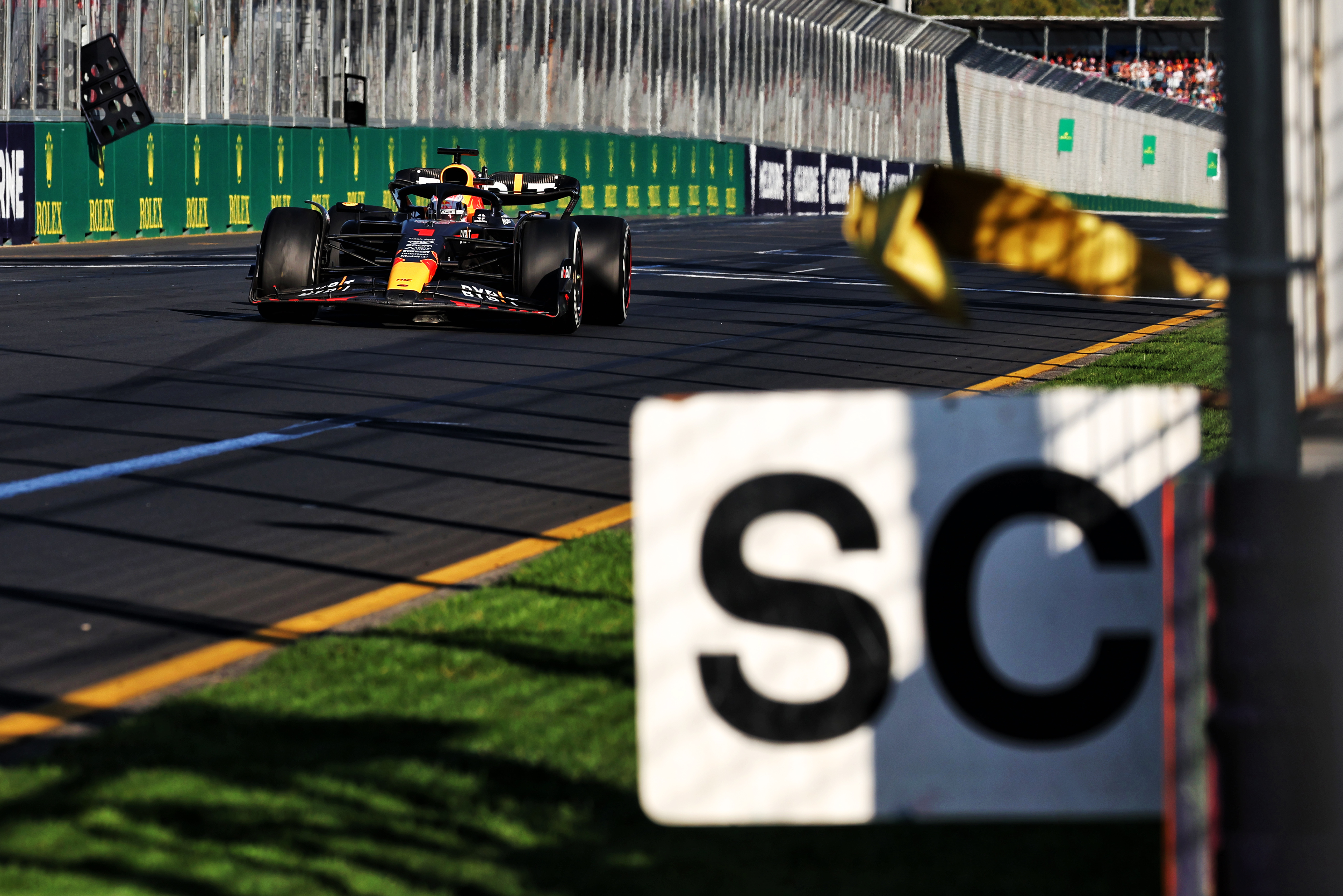
Whatever F1 does in these situations, it can’t win: if races finish under the safety car every time there’s a late-race incident, there’ll be a backlash.
Likewise, if races are red flagged whenever there’s a late-race incident to improve the chances of a racing finish (but as today proved, even that doesn’t guarantee it), there’ll be a backlash.
F1 and the FIA need to decide what they want and stick to a position. Is the entertainment value of late-race restarts and green flag finishes now the priority? They will probably argue they are being consistent, only red-flagging races when debris means cars (and specifically tyres) are at risk even from driving through the scene of an incident at slow speed. But there seemed to be very little agreement from the drivers on that position being taken today.
Even if you commit to a consistent position, it can still bite you. NASCAR has had a rule for years – now known as ‘Overtime’ – aimed at extending the race distance to stop races from finishing under neutralised conditions. And they’re still debating the merits of it, most recently after having multiple chaotic attempts to finish the race on the Austin F1 track last weekend.
It shows that whatever you do, people will complain and argue about it.
There’s nothing wrong with aiming for a racing finish
Matt Beer
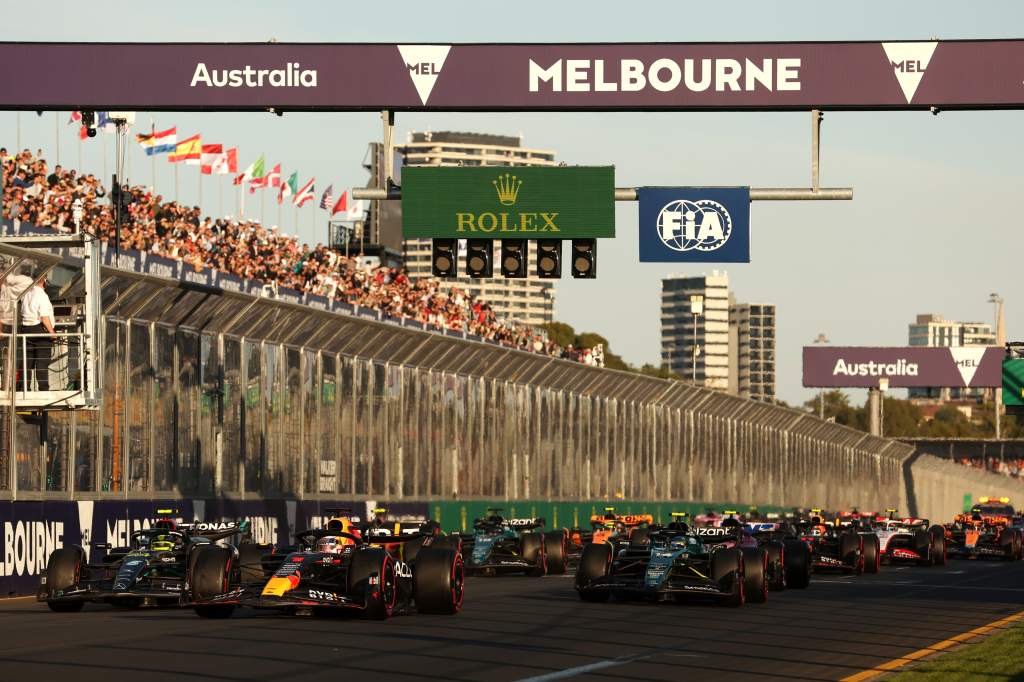
The time taken to clear up again, re-form the order and do a pointless safety car lap was the problem that actually requires a fix here.
There’s nothing wrong with trying to prioritise a way for races to finish in green-flag circumstances as a concept. Maybe doing so from full standing starts invites too much trouble, but sport is also supposed to be drama and F1 2023 desperately needs that.
The long delay waiting to find out what would happen next and then the tedium of waiting for a result that was now obvious to become official via a lap under yellows is something that can be avoided with some tightening of the procedures around late stoppages and incidents.
But otherwise, yes, let’s try to get them racing to the flag – and it’s up to the drivers to make that work. They know what’s at stake.
Drivers have to take some responsibility
Josh Suttill
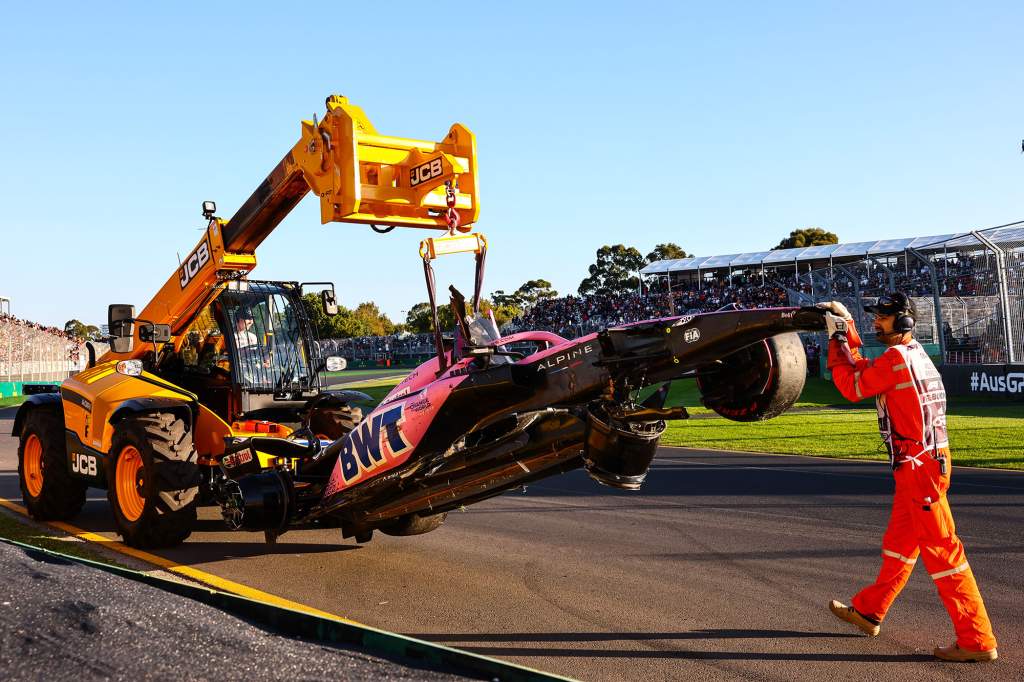
Let’s be honest if Sainz doesn’t hit Alonso at Turn 1 and the Alpines avoid each other, this would probably be a storm in a teacup that would be forgotten in a few hours rather than something that will probably leave some drivers, teams and fans sour during the April gap.
The drivers have to shoulder some of the blame, it wasn’t a dangerous or unreasonable ask to have a two-lap restart in the circumstances.
Race starts are always going to carry jeopardy but there’s a reason why standing restarts were added to the rulebook, they’re there to be used.
Whether or not it should have been used in this exact circumstance is debatable but the drivers undoubtedly (Sainz, Gasly and probably Logan Sargeant) have to take some of the blame for their mistakes.

